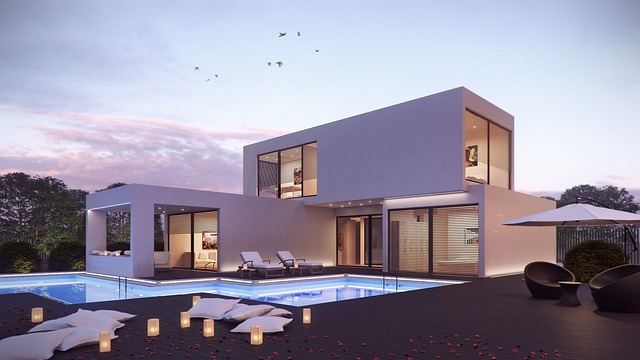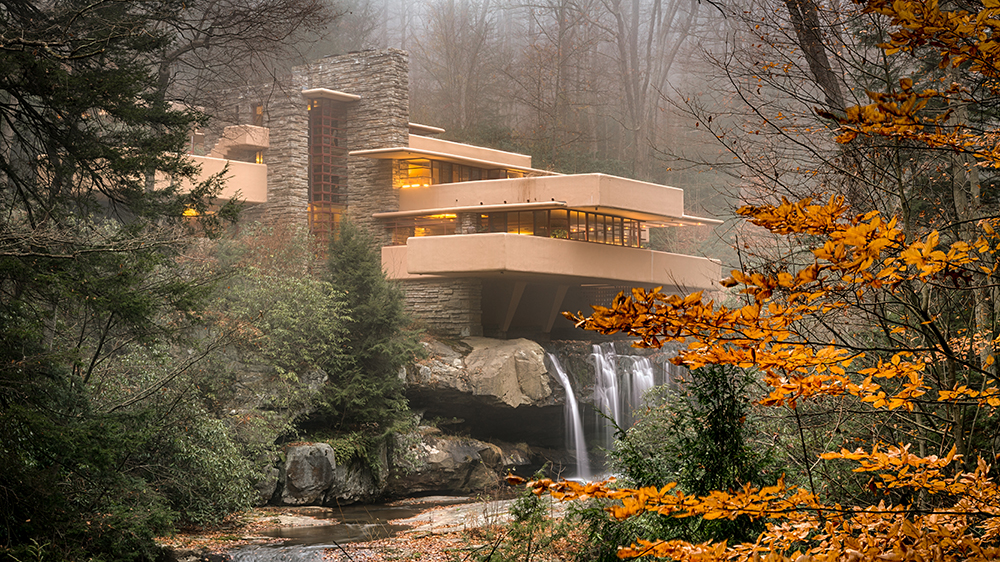
Modern colonial interior design emphasizes combining old and new elements. These interiors feature cool furniture and a wide range of wallpaper patterns. The key to creating a modern colonial home is to utilise open spaces and cool furnishings.
Traditional colonial homes were built with wood as the main material. However, as time went on, many colonial homes were built using brick or other manmade materials. These houses are often described as having a "cottage" feel, and the owners often enjoyed renovations that included shiny finishes. However, as time goes by these homes become harder and more difficult to maintain. They still have the historic charm that makes them so special. Instead, modern fixtures and decorations can make them more liveable.
These classic structures were often inspired from Dutch colonial houses with large covered porches, exposed fireplaces, and wide covered porches. Those with the time and money to decorate a colonial style house were often quite wealthy.

Those with colonial style homes typically have big rooms and lots of windows. Some of them are even on the upper floors. They usually have a kitchen at the first floor.
These homes are filled with light and have big fireplaces. The interiors are sometimes decorated with a variety of patterned wallpaper, as well as murals and paintings. These walls are usually neutral in color. The soft colors can be used to add some variety to a space without being too overwhelming.
Colors that are colonial-inspired include soft blues and greens as well as a variety patterned fabrics. Whether you choose to use a wallpaper or a painting, these decorative elements can make a dramatic difference to a room.
Modern colonial interiors include cool new fixtures such as ceiling fans and recessed lighting. These fixtures can modernize the space, but still retain its vintage charm.

You can add an Asian touch to your colonial-style home by adding Asian touches to its interior. For a tropical climate, rattan is an excellent choice. Alternatively, copper pots and wrought iron candelabras would be ideal. These are durable and can give your colonial a unique but subtle look.
Modern colonial interiors should be based on classic and well-built pieces. Wood is a great material for flooring and furniture. It is sturdy and can withstand all weather conditions. Pewter, which is metal-friendly, was popular in colonial times.
You can use a variety hand-made textiles in a colonial style interior. These include throw pillows, blankets and quilts. These items can be found in antique shops and will give your space a unique touch. Adding plants to your patio can also help to create a comfortable atmosphere, and will complement the natural colors of your home.
FAQ
How do I sell my house quickly without paying realtor fees?
It is important to start looking for buyers as soon as possible if you wish to quickly sell your home. This means you need to be open to any offer the buyer makes. Waiting too long can lead to losing out on buyers.
What should I think about when buying a house?
You need to ensure you have enough funds available to cover closing costs before you buy a home. Refinancing your loan is an option if cash is tight.
How much does it set you back to renovate your house?
Renovations typically cost anywhere from $5,000 to $50,000. Most homeowners spend around $10,000 to $20,000 on renovations.
You can live in a house while it is being renovated.
Yes, I can live in my house while renovating it.
You can live in a house that is being renovated while you are renovating it. The answer depends on how long the construction work takes. If the renovation process lasts less than 2 months, then yes, you can live in your home while it's under construction. However, if the renovation project lasts longer than two months, then no, you cannot live in your home while the renovation is taking place.
You should not live in your house while there is a major building project underway. This is because you could be injured or even killed by falling objects on the construction site. You could also suffer from noise pollution and dust caused by the heavy machinery used on the job site.
This is particularly true if you live on a multi-story home. This is because the vibrations and sound created by construction workers could cause serious damage to your property.
You'll also need to cope with the inconvenience of living in temporary housing while your house is being renovated. This means you won’t have the same amenities as your own home.
You won't be allowed to use your dryer or washing machine while they are being repaired. Additionally, the smell of paint fumes or other chemicals will be a constant annoyance as well as the banging sound made by workers.
All these factors can lead to stress and anxiety among you and your family members. To avoid becoming overwhelmed by these situations, it's important to plan ahead.
Do your research before you begin renovating your home. You can avoid costly mistakes later.
You should also seek professional help from a reputable contractor to ensure everything runs smoothly.
How can I avoid being ripped off while renovating my home?
The best way to avoid being ripped off is to know what you are paying for. It is important to carefully read all terms and conditions before signing any contract. Don't sign any contracts that aren't complete. Always ask for copies of signed contracts.
Statistics
- ‘The potential added value of a loft conversion, which could create an extra bedroom and ensuite, could be as much as 20 per cent and 15 per cent for a garage conversion.' (realhomes.com)
- On jumbo loans of more than $636,150, you'll be able to borrow up to 80% of the home's completed value. (kiplinger.com)
- It is advisable, however, to have a contingency of 10–20 per cent to allow for the unexpected expenses that can arise when renovating older homes. (realhomes.com)
- Rather, allot 10% to 15% for a contingency fund to pay for unexpected construction issues. (kiplinger.com)
- A final payment of, say, 5% to 10% will be due when the space is livable and usable (your contract probably will say "substantial completion"). (kiplinger.com)
External Links
How To
How do I plan for a whole house renovation?
Research and careful planning are essential when planning a house remodel. There are many things you should consider before starting your project. The first thing to do is decide what kind of home renovation you want. There are several categories you can choose from, such as bathroom, kitchen, bedroom, living area, and so on. Once you have decided which category you wish to work in, you will need to determine how much money you have to spend on your project. It's best to budget at least $5,000 per room if you don't have any experience working on homes. If you have some experience, then you might be able to get away with less than this amount.
Once you have figured out how much money you can afford to spend, you'll have to determine how big of a job you want to tackle. If you have only enough money to remodel a small kitchen, you may not be able add new flooring, countertops, or paint the walls. If you have the money to do a complete kitchen remodel, you will be able to handle almost anything.
Next, find a contractor that specializes in the project you are interested in. This will guarantee quality results, and it will save you time later. Once you have hired a contractor, gather materials and other supplies. Depending on the size of your project, you may need to buy everything from scratch. However, you won't have to worry about finding the exact item you are looking for in the many pre-made shops.
After you've gathered all the supplies you need, it's time to begin making plans. Begin by sketching out a rough plan of where furniture and appliances will be placed. The next step is to design the layout of the rooms. Remember to leave enough space for outlets and plumbing. Make sure to position the most visited areas close to the front door. Visitors can also easily access them. Last, choose the colors and finishes that you want to finish your design. Avoid spending too much on your design by sticking to simple, neutral colors and designs.
Once you have completed your plan, it is time to begin building. Before you begin any construction, make sure to verify your local codes. Some cities require permits. Others allow homeowners to build without permits. When you're ready to begin construction, you'll first want to remove all existing floors and walls. You will then lay plywood sheets to protect your new flooring. You will then attach or nail pieces of wood together to make the cabinet frame. You will attach doors or windows to the frame.
There will be some finishing touches after you are done. For example, you'll probably want to cover exposed pipes and wires. You will need to use tape and plastic sheeting for this purpose. It's also a good idea to hang mirrors and photos. Keep your work area tidy and clean at all times.
You'll have a functional home that looks amazing and is cost-effective if you follow these steps. Now that your house renovation plan is in place, you can get started.